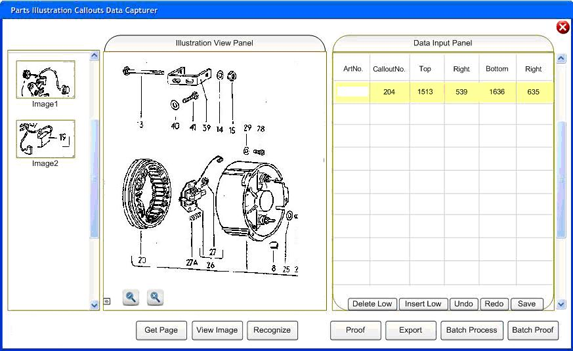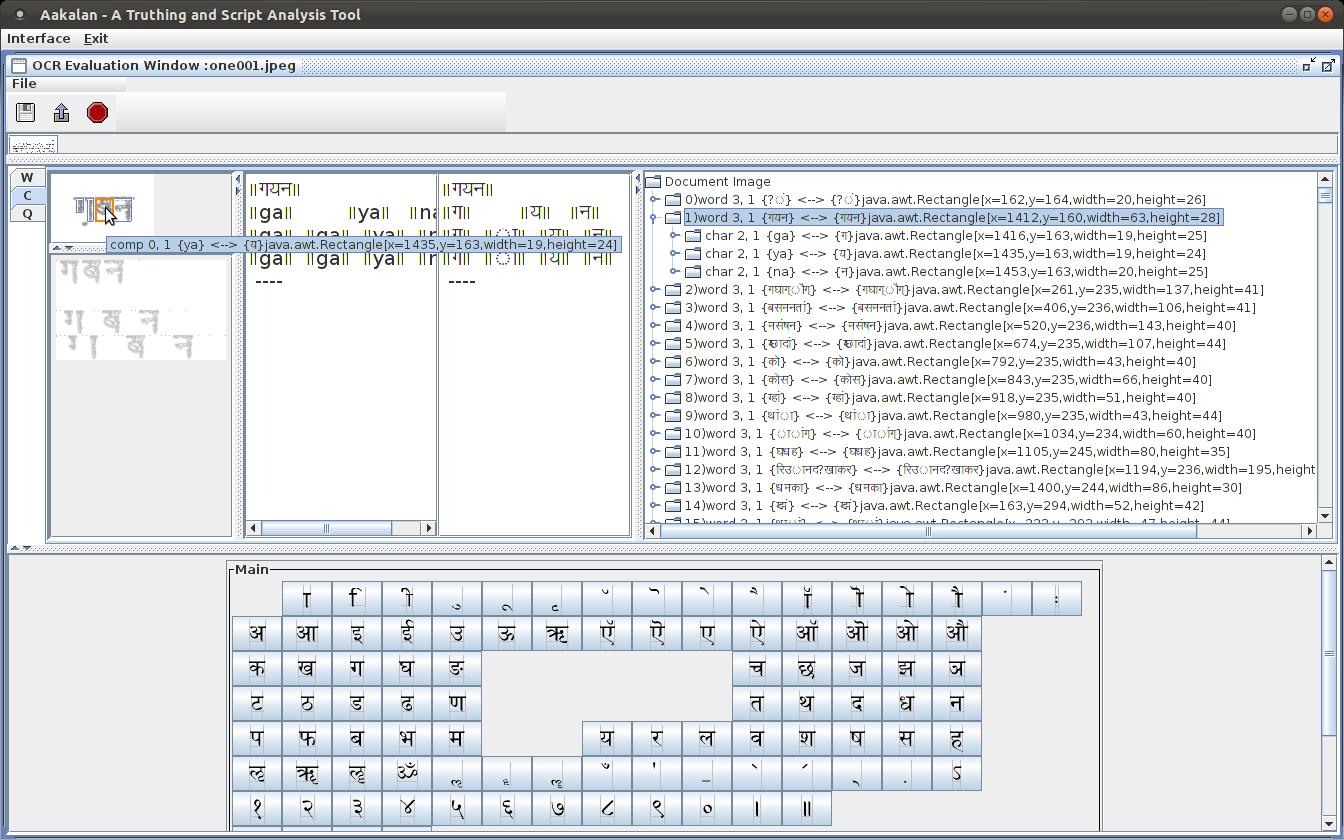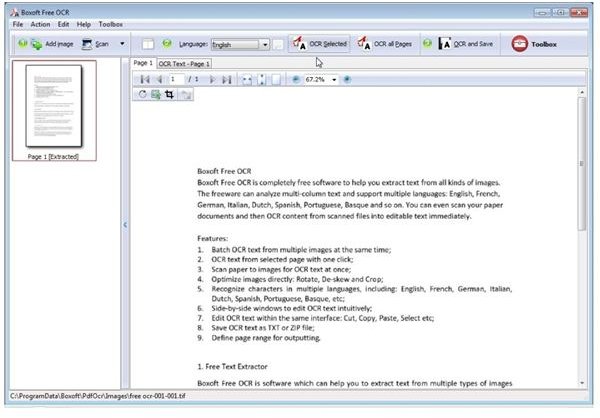


In most desktop environments, global shortcuts do not work while a menu is open, (for example the file menu in the menu bar at the top of most programs). The concept of preclicks is not easy to understand at first, but it solves a really easy to understand problem. To perform a mouse operation immediately, place the mouse on the word in the text area or list entry (in the list view) and press on the corresponding shortcut.
DESKTOP OCR TOOL TRIAL
This is a little trial and error for better results. After selecting the options, press F5 to recognize the text again. You can start OCRdesktop with the parameter you want, or select the options in the navigation window via the OCR Options submenu of the OCRdesktop menu. Besides this, you can use different types of transformations before OCRdesktop attempts to recognize the text. OCRdesktop always upscales the current screenshot 3 times for better results. You can also set more than one OCR language: OCRdesktop is able to use all available tesseract languages with -l. Some characters are visually smaller than others, So there is a little difference.

Things like font size or color are approximate values because its calculated by the OCR image. I.e font size, font color, position on the screen (X, Y), confidence of the OCR process and other attributes. Detail mode: This is basically a list where you can see details for any word on the Browse mode.You can move the caret with the arrow keys. The view presents the layout of the currently recognized content. Browse mode: show all the text in a caret navigable text box.You can toggle between the modes with Alt+v. OCRdesktop provides different view modes. With no parameters, OCRdesktop will recognize just the current window and present it in a caret enabled text area. In Gnome you can do this via the Gnome Control Center in the Keyboard window under the Shortcuts tab. Use the tesseract language codes for īasically, this should work in any desktop environment.
DESKTOP OCR TOOL CODE
For languages other than english, you need to set your language code ocrdesktop -l. You also can use parameters to expand the function of OCRdesktop. Make sure that you have the corresponding package for your language from the tesseract-data group installed.Īssign the command ocrdesktop to a shortcut in your desktop environment.


 0 kommentar(er)
0 kommentar(er)
